
Transport Futures heartily thanks everyone who joined us at the P3s in Motion Conference on May 4. You collectively broke attendance records with a total of 136 participants — 18 expert speakers (including 4 provincial politicians), 112 enthusiastic delegates and 7 generous sponsors!
In this era of government deficits, crumbling infrastructure and “revenue tool” politics, we used empirical research, practical case studies and interactive discussion to examine whether road and transit public-private partnerships (P3s) can, in fact, provide better value than delivery using traditional government procurement methods. With a room full of government, business, labour, NGO and academic representatives, we learned that:
But 5 big questions and concerns must still be answered and acknowledged:


















Daily Commercial News wrote three great articles (1, 2, 3) and we had many enthusiastic conference comments from delegates (90% of whom gave the event an excellent rating):
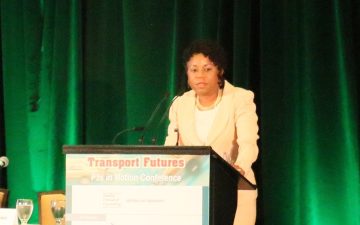
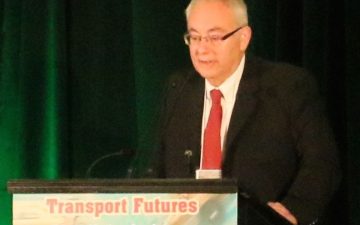
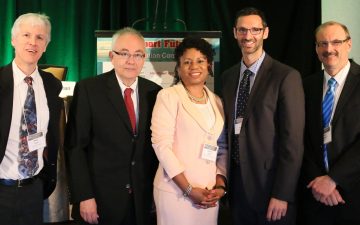
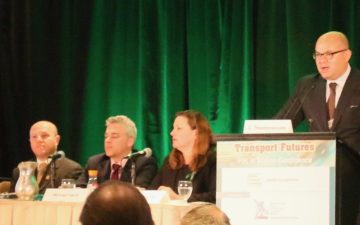
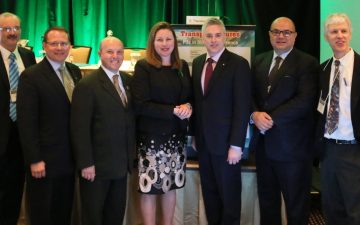
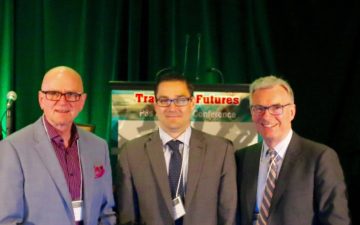
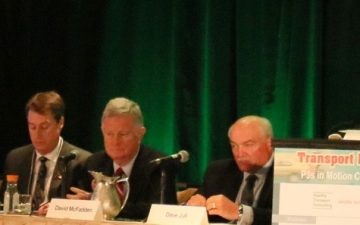
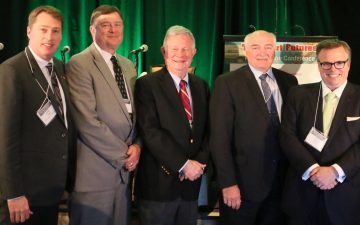
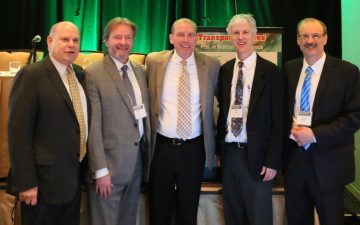
The P3s in Motion Conference was generously sponsored by the Residential and Civil Construction Alliance of Ontario (Platinum), 407 ETR (Gold),
WSP Group, StrategyCorp, Fengate (Silver) and supporters ReNew Magazine and e-RegisterNow.
Transportation Futures
is a project of
Healthy Transport Consulting